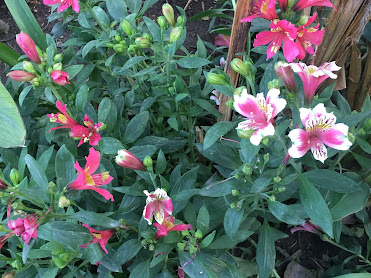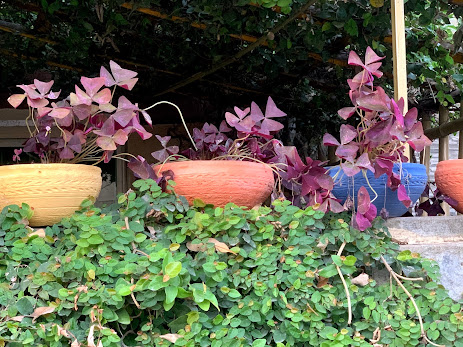Botanical name is Asclepias curassavica, phoenetics- (ass-KLE-pee-us) (ku-ra-SAV-ik-uh). Common names are Tropical Milkweed, Mexican Butterfly Weed, Scarlet Milkweed and Blood Flower. Belongs to family of Apocynaceae (a-pos-ih-NAY-see-ee). It is native to the American tropics. Hardiness USA Zone : 8- 11.Type is Tropicals and Tender Perennials.
Height-18-24 inches. Thrives well under full sun. Leaves are about 5 inch long, elliptic and pointed at both ends. Attracts, Hummingbirds, butterflies and bees. Grows best in light, rich, evenly moist, well-drained soil. Soil ph neutral or mildly acidic. Use gloves as sap is toxic to human skin.
Propagation from seeds, by dividing rhizomes, including offsets. Properly cleaned seeds can be successfully stored. When it seems to have died... it always comes back. Used in beds, borders, cottage gardens, meadows, butterfly gardens and a good cut flower.
Named after Greek god Asklepios the god of medicine.
 |
| An erect, evergreen perennial subshrub. |
 |
Bloom is red-orange in color, blooms
continuously from spring until autumn. |
 |
| Foliage is herbaceous and blue-green in color. |
 |
| No serious insect or disease problems. |
 |
| Average water needs. |
 |
| Low in maintenance. |
 |
| Poisonous to livestock. |
Please enjoy reading, viewing and growing this blood flower.






















































